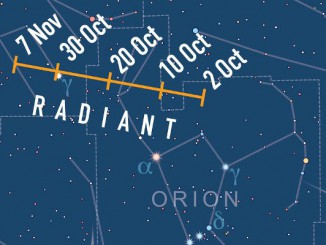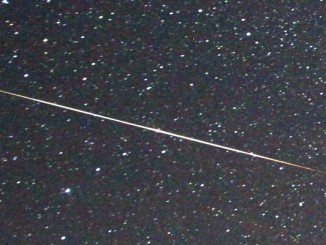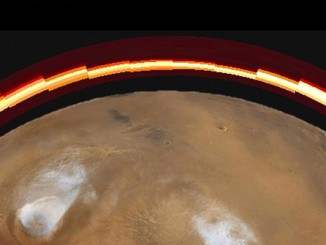
Don’t miss the Quadrantid meteor shower’s peak on 3 January
It’s time to direct your attention skyward for some celestial pyrotechnics from the first major annual meteor shower — the Quadrantids. The short-lived peak of this active shower is predicted to occur at 2pm GMT on 3 January, favouring observers in the west of North America, but most Northern Hemisphere observers with clear skies will still see some shooting stars.








